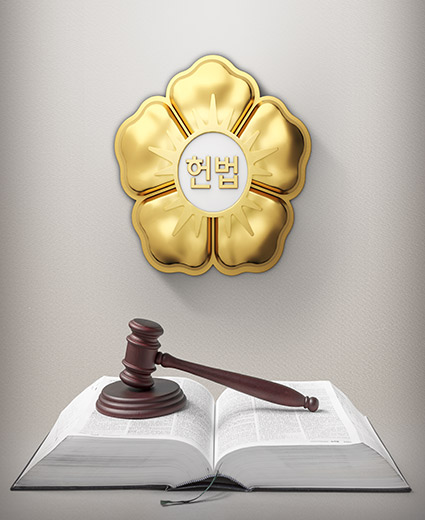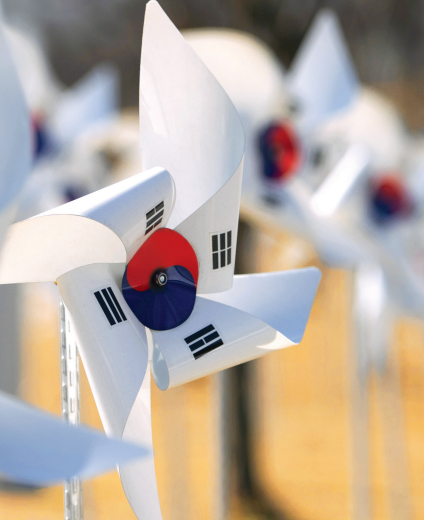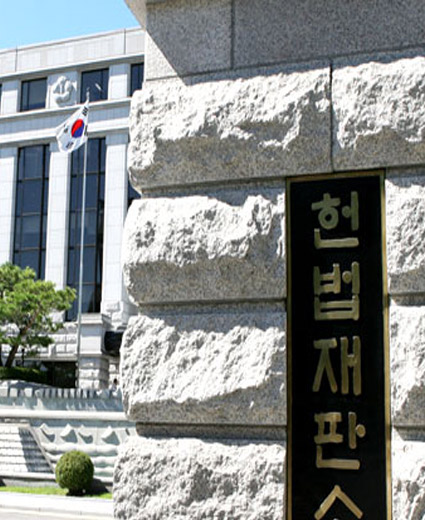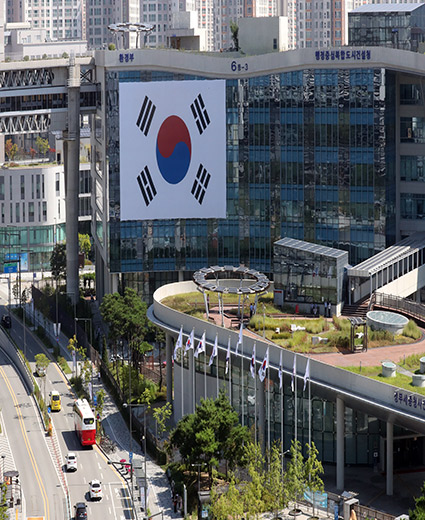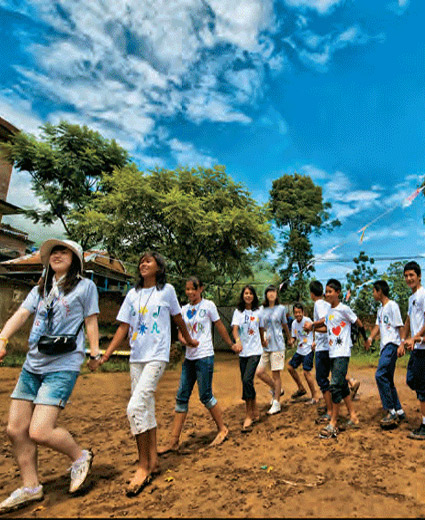Korea adopted the local autonomous system in June 1995. The Local Autonomy Act was enacted in 1949, but the act ceased to have effect or the election was postponed through political upheavals including the Korean War, the April 19 Revolution, and the May 16 military coup d’état.
Local Government is divided into high-level and low-level local governments. With the inclusion of the Sejong Special Self-Governing City in July 2012, the number of high-level local governments increased to 17 (i.e. Seoul Special City, six metropolises, eight provinces, and Jeju Special Self-Governing Province). The number of low-level local governments stands at 226 (75 cities (si), 82 counties (gun), and 69 districts (gu)).
Local government heads and local council members are elected by direct popular vote for a four-year term. The head of the local government can be reelected for up to three terms. There is no limit on how many terms a local councilor may serve. The local autonomous system is very significant as a means of realizing the goal of grassroots democracy through local residents’ participation.
Local Government is divided into high-level and low-level local governments. With the inclusion of the Sejong Special Self-Governing City in July 2012, the number of high-level local governments increased to 17 (i.e. Seoul Special City, six metropolises, eight provinces, and Jeju Special Self-Governing Province). The number of low-level local governments stands at 226 (75 cities (si), 82 counties (gun), and 69 districts (gu)).
Local government heads and local council members are elected by direct popular vote for a four-year term. The head of the local government can be reelected for up to three terms. There is no limit on how many terms a local councilor may serve. The local autonomous system is very significant as a means of realizing the goal of grassroots democracy through local residents’ participation.
